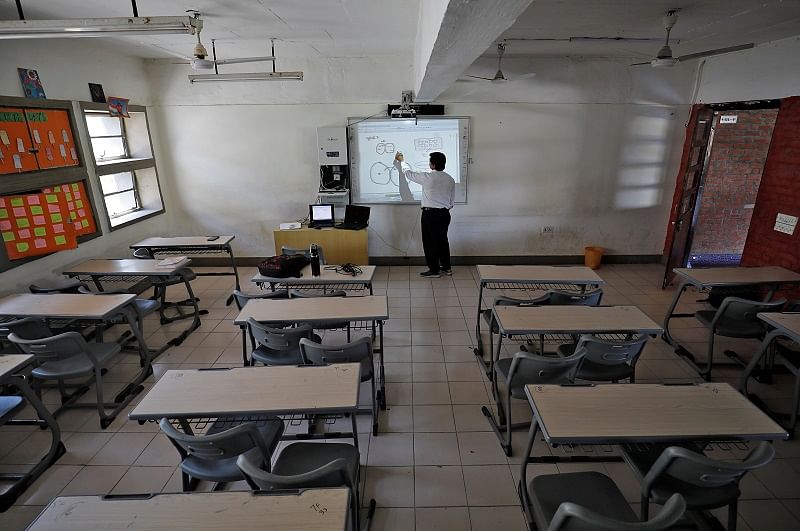
By Andreas Kluth
Journalism, it’s been said, is the first rough draft of history, to which I’d add those opinion columns are the first draft of journalism. So let me venture a prediction. One long-term effect of the COVID-19 pandemic will be to leave many children behind, perhaps permanently limiting their opportunities in life. At the same time, the disruption will barely affect others and even let a few pull ahead. In short, it will exacerbate inequality.
I’m talking of course about the school closures in many countries, from Europe and Asia to North America. And I’m not interested in relitigating whether those shut-downs are necessary; let’s assume they are. But depending on how long schools stay closed, these ruptures will derail some youngsters, while spurring others to excel.
Three groups of people will determine together how this situation turns out for the kids: Their teachers, their parents, and of course the children themselves.
Let’s start with the teachers. There are huge differences in how schools intend to keep teaching remotely during the crisis with the digital tools now available. And it’s not simply down to whether the schools happen to be in poor or rich areas.
Looking at my own children’s school after a couple of days of remote learning, for example, I’m cautiously optimistic. It had already set up Google Classroom, SeeSaw and a few other online tools, and the teachers appear joyfully flexible in trying out ways to keep the kids engaged. But many other schools in Berlin, the worst of Germany’s 16 school systems, either aren’t set up yet or don’t even have a viable plan to keep teaching during the closure.
Now for the parents. Here the differences are at least as big. In some families, mom and dad have white-collar jobs that let them work from home, keeping an eye on the kids. They probably also have good WiFi, at least one laptop or iPad per kid and shelves of books in the background. They may also have a sense of discipline and balance, setting strict time tables but making room for playtime and exercise. And they’ll probably have a bowl of fruit waiting before the next lesson.
In other families, the parents — or the single mom or dad — may have none of this. If the school doesn’t structure the children’s learning, the parents don’t know where to find teaching tools, and wouldn’t be confident in this role anyway. Maybe they need to hold down a job in the gig economy and will therefore will be absent much of the time. Their kids will end up spending “school hours” with junk food and Fortnite.
Last but not least, the kids. Even within one family, the individual differences can be huge. Some children thrive in the social and structured setting of a school, but fall apart without that discipline and stimulation. For others, it may be the reverse. Without the usual distractions, they may benefit from a time of the deep and immersive study.
Whatever a student’s purely academic skills may have been so far, “non-cognitive” factors such as self-discipline, organization and time management will increasingly make the difference during prolonged school closure. That’s what some educators fashionably call “grit.” As a result, some children will fall behind or stop learning altogether, while others will keep learning at the same rate or even build organisational and motivational skills for lasting success.
At some point, whenever the pandemic recedes, these cohorts will rejoin in a classroom. But one group may never catch up again, whereas the other will pull ahead — and keep pulling ahead in school, university and career.